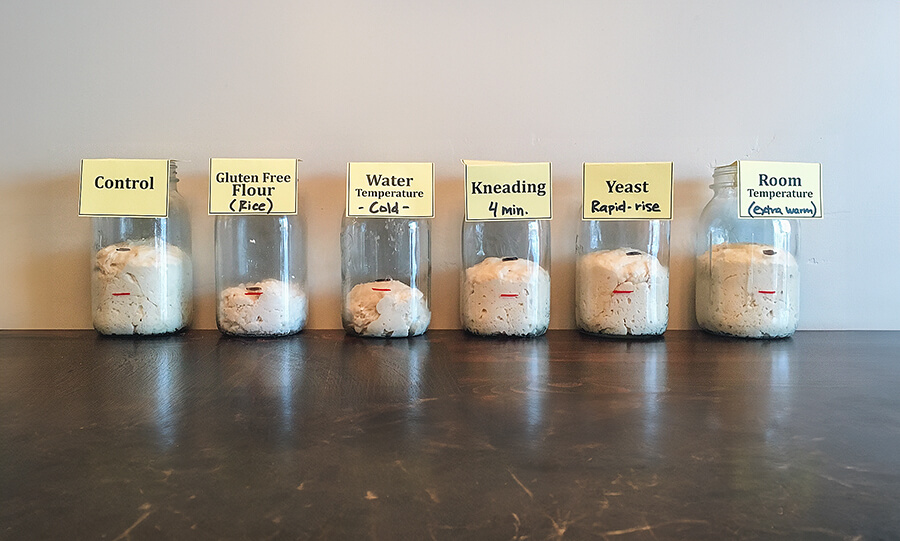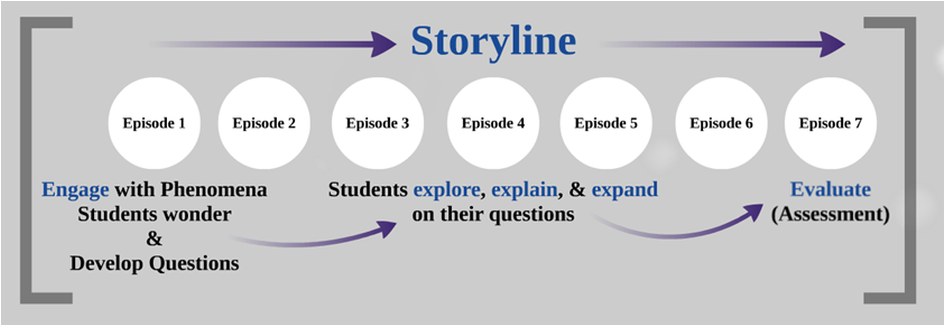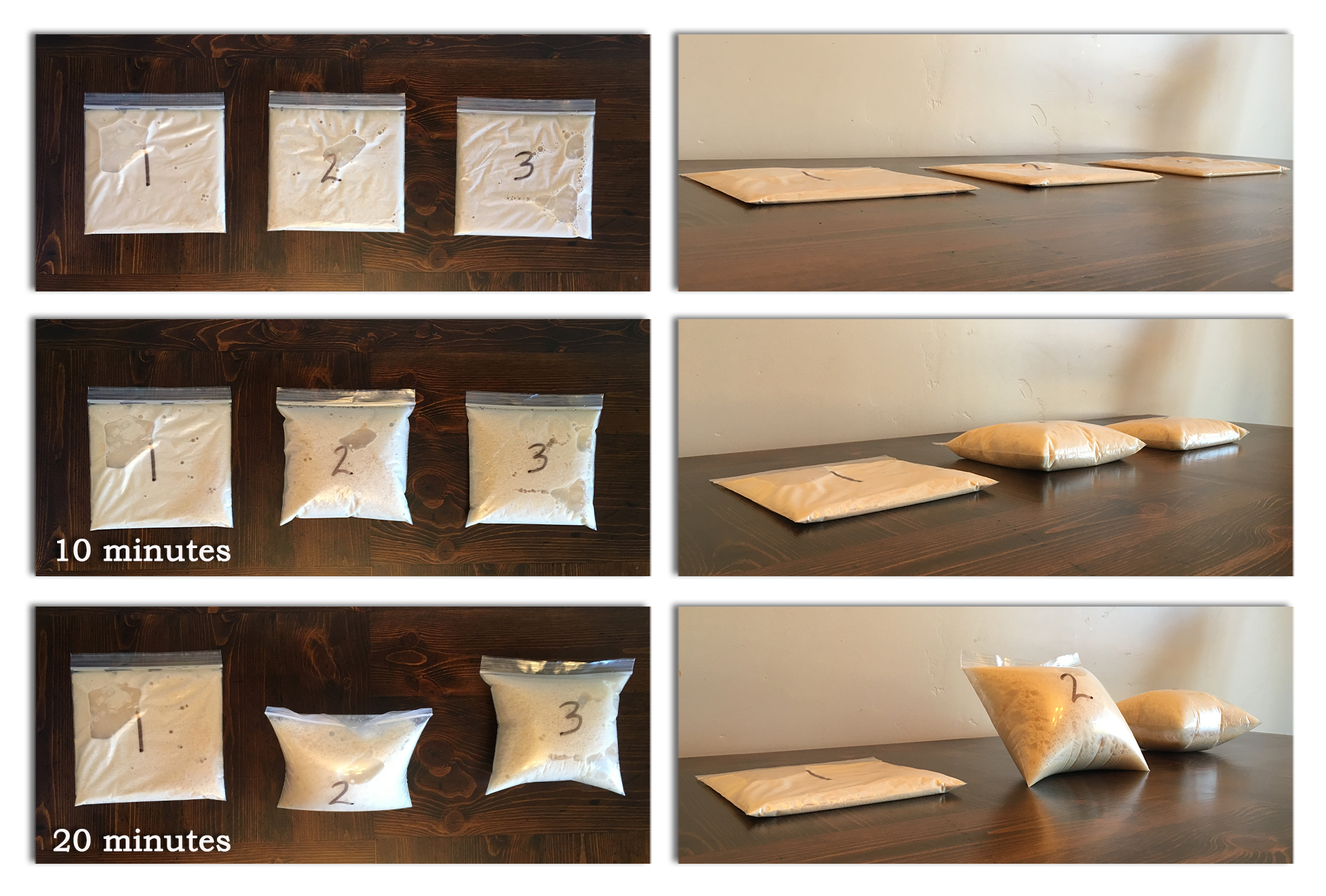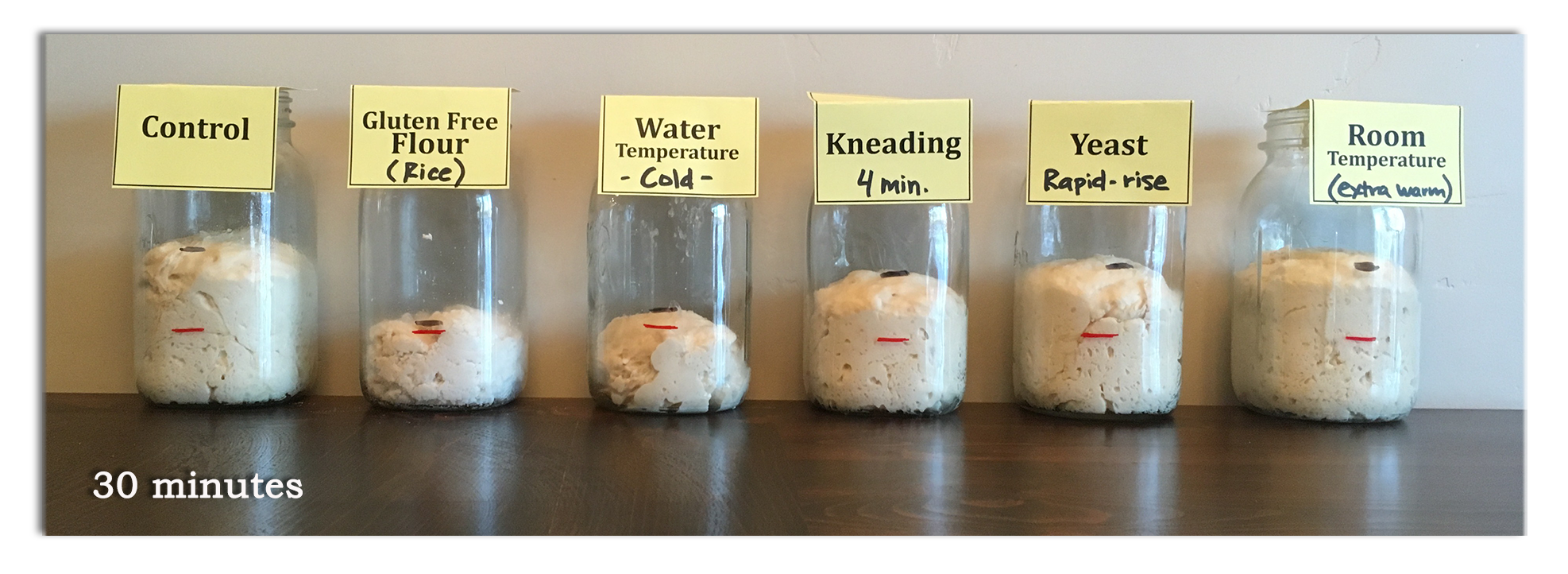Food Science: Bread Dough Challenge
Students explore the phenomenon of what makes bread dough rise. Using baker's yeast, students will observe alcoholic fermentation and its connection to cellular respiration as they are challenged to act as food scientists and develop the best recipe for quick-rising bread dough.

Background
Lesson Activities
Recommended Companion Resources
Credits
Author
Ann Butkowski and Andrea Gardner | Minnesota Agriculture in the Classroom and National Center for Agricultural Literacy (NCAL)
Acknowledgements
This lesson was originally written by Ann Butkowski for Minnesota Agriculture in the Classroom. It was updated and revised in 2019 by the National Center for Agricultural Literacy.
Phenomenon chart adapted from work by Susan German.
German, S. (2017, December). Creating conceptual storylines. Science Scope, 41(4), 26-28.
German, S. (2018, January). The steps of a conceptual storyline. Science Scope, 41(5), 32-34.
Sources
- https://mobile-cuisine.com/did-you-know/bread-fun-facts/
- https://wiki.kidzsearch.com/wiki/Yeast
- http://www.ilove2bake.co.za/learn-more-about-yeast-6-8-interesting-facts/
- https://redstaryeast.com/science-yeast/what-is-yeast/
Standards
National Content Area Standards
- Career & Technical Education
- AFNR (Grades 9-12): Food Products and Processing Systems Career Pathway
- FPP.02.01: Apply principles of nutrition and biology to develop food products that provide a safe, wholesome and nutritious food supply for local and global food systems.
- FPP.02.02: Apply principles of microbiology and chemistry to develop food products to provide a safe, wholesome and nutritious food supply for local and global food systems.
- AFNR (Grades 9-12): Career Ready Practices
- CRP.10.1: Identify career opportunities within a career cluster that match personal interests, talents, goals and preferences.
- AFNR (Grades 9-12): Food Products and Processing Systems Career Pathway
- Science
- HS-LS2: Ecosystems: Interactions, Energy, and Dynamics
- HS-LS2-3: Construct and revise an explanation based on evidence for the cycling of matter and flow of energy in aerobic and anaerobic conditions.
- HS-LS2-5: Develop a model to illustrate the role of photosynthesis and cellular respiration in the cycling of carbon among the biosphere, atmosphere, hydrosphere, and geosphere.
- HS-LS2: Ecosystems: Interactions, Energy, and Dynamics


